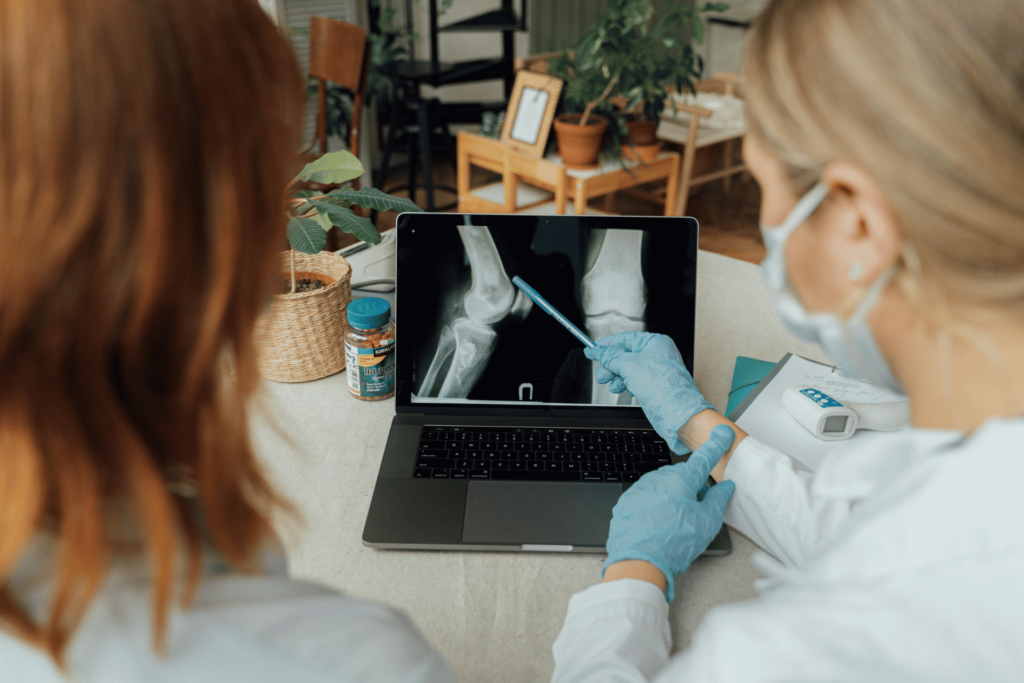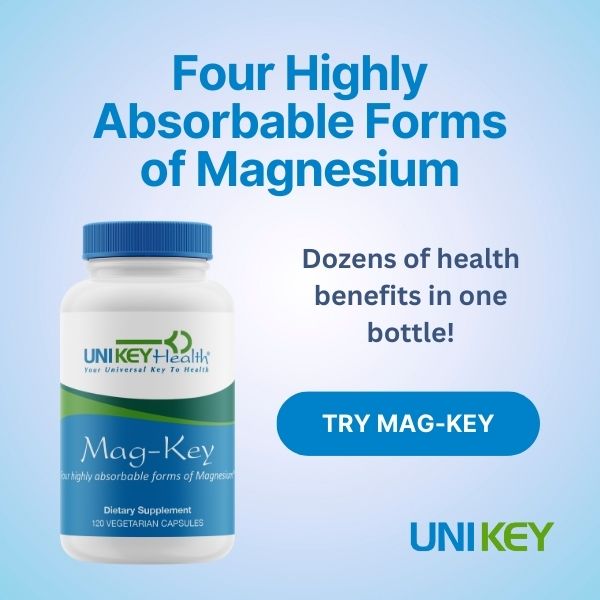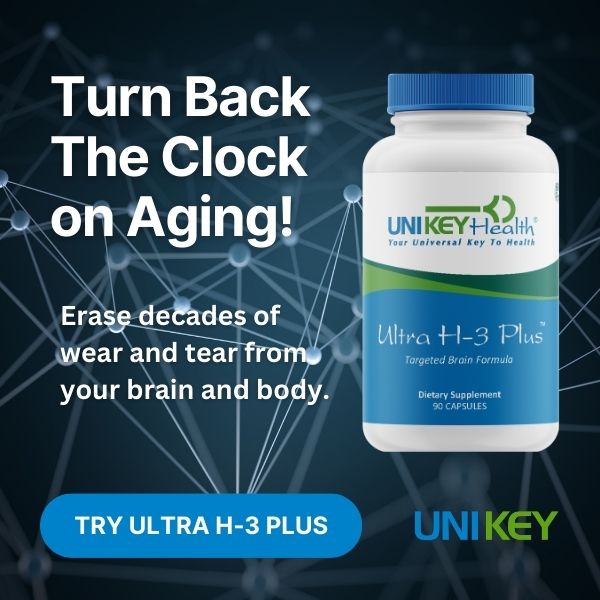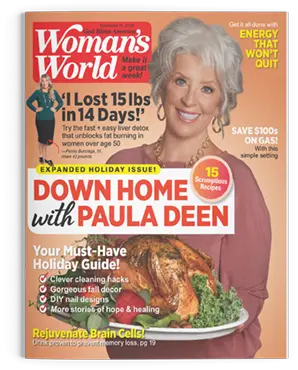 Are there stealth chemicals you’re being exposed to?
Are there stealth chemicals you’re being exposed to?
A very interesting recent study caught my eye when the headline “ALG is Right Again – Don’t Trust Plastic!” was posted on my Forum. The study revealed that after observing 450 different plastic items, 70%—including those marked BPA-free—leeched chemicals that mimic estrogen. Reaction from the scientific community was mixed. Yikes!
After carefully considering the practical aspects of the research, I decided that I, for one, will continue to use my lightweight and oh-so-convenient-to carry BPA-free water bottles. But, I will be getting some brand new ones to replace my current stash. According to Sonya Lunder, a senior analyst at the Environmental Working Group, “We’ve long cautioned consumers to avoid extreme heat and cooling for plastics, to discard scratched and worn plastics and we feel like this [study] validates one of our many concerns.”
Being the clean queen I am, I had been washing my bottles every day in the dishwasher to keep them sanitized—a mistake I won’t make again! In fact, I would encourage all of you that are using any kind of plastic containers to keep them out of the dishwasher, and never let them sit in the sun. I don’t own a microwave oven, but if you do, be sure to keep them out of the microwave! From now on I’ll be mixing 1 teaspoon vinegar with 1 cup water, and using that to keep my BPA-free plastic water bottles clean and germ-free.
So, what other chemicals could be hiding in your house?
Found under kitchen sinks across the country—household cleaning products are downright scary stuff. Hazardous substances and petrochemicals lurk in your friendly scouring powder, dishwashing detergent, laundry soap, fabric softeners, and window cleaners.
According to the National Toxicology Program, more than 80,000 chemicals are currently registered for use in the United States, and 2,000 more are introduced each year. These substances are used in our foods, personal care products, prescription drugs, household cleaners, and lawn care products—and it has yet to be determined the effects many of these chemicals could be having on our health.
With spring on the horizon, many of us will be anticipating getting back outside to maintain our homes and gardens. Xenohormonic pesticides—found in lawn pesticides, garden pesticides, and ant, fly, and flea sprays—should be avoided and replaced with non-toxic alternatives. If you can’t find a suitable substitute, then at least remember to wear gloves and a protective mask, as toxins can be absorbed through your skin and lungs.
Inside Out
As for inside the home, I personally use a mixture of a concentrated biodegradable all-purpose cleaner (about 1/4 teaspoon to 16 ounces of water) for all of my multipurpose cleaning needs, including window washing. I find that dust does not settle on those sprayed surfaces.
Here’s my basic multi-purpose spray cleaner you may want to experiment with:
1 cup liquid Castile soap
1/3 teaspoon baking soda
1/3 teaspoon tea tree extract (Melaleuca linarifloia)
2 1/4 tablespoons witch hazel extract
4 drops essential oil of choice (optional)—I suggest an aromatic one like vanilla
Mix the ingredients together in a spray bottle and shake gently. This effective cleaner works well on stoves, countertops, the outside of refrigerators and microwaves, and virtually any place you’d use a conventional spray—and it has a shelf life of six months.
Outside In
If you’re worried about all those chemicals you’ve been exposed to in the past, try to incorporate daily and gentle detox into your lifestyle. I recommend Super-GI Cleanse, which I have personally used for well over ten years. This product supports detoxification of the body through better elimination, without dehydrating the colon—and is non habit-forming. Its five, unique fast-acting fibers—apple pectin, psyllium seed husk, rice bran, oat bran, and flaxseeds—all help to absorb and keep chemicals on the move. This product also contains a number of herbs—like Irish Moss—that are natural heavy metal chelators.
To stay young and healthy in an increasingly toxic world, I would start hand-washing your water bottles, pass on harsh cleansers, and consider some internal spring cleaning so you will be in tip-top shape for the season ahead.












8 Responses
I am an aromatherapist and was cautioned as part of my course in medical aromatherapy to never use vanilla essential oil as it is a neurotoxin.
Hi Anne Louise,
I’m wondering if after a while the plastic stops leaching chemicals or it continues indefinitely. I’ve had some for years which I know have been abused in the ways mentioned above. Been hoping after all this time there’s nothing left to leach??
Thanks, Val
Hi Ladies: We are not aware that vanilla is considered a neurotoxin – perhaps some artificial essential oils may be more toxic than others? In any case, feel free to use lavendar or thyme or lemon or lime. With regard to the leeching of plastics, I would replace any wornout or scratched plastic container or the like. I am!
I use the product, Simple Green, for most of my cleaning. Should I switch?
Whatever works and is free from chemicals will do the trick in most cases. This is just an example of what ALG uses. There is also a product from Home Depot which contains micronized silver that is very antiseptic.
What about plastics from China that smell like they have been burnt? I believe that these are from recycled computers, etc. sent back to us. They smell really toxic, especially some DVD cases.
Lisa – I’m always skeptical about plastics from China if they have a smell.
I’m confused – a “concentrated biodegradable all-purpose cleaner (about 1/4 teaspoon to 16 ounces of water)” is mentioned, then a recipe is provided. But the recipe says to “Mix the ingredients together in a spray bottle and shake gently.” Are you supposed to use it full strength? there is no water in it, just castille soap then other ingredients, so it sounds very concentrated to spray as is. Or is that what you are supposed to use 1/4 tsp of in 16 oz of water (which just does not sound like enough, but maybe it is.